Philippines Eyes U.S. Long-Term Loan to Fund $5.58 Billion F-16 Fighter Jet Deal
Philippine Ambassador to the United States, Jose Manuel Romualdez, confirmed to local media that the Department of National Defense (DND) is preparing to enter formal negotiations with Washington to secure favourable terms for what would be one of the most consequential defence deals in the region in recent years.
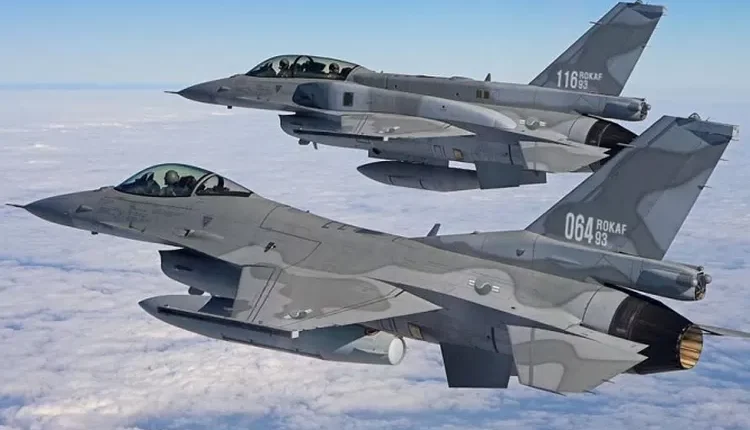
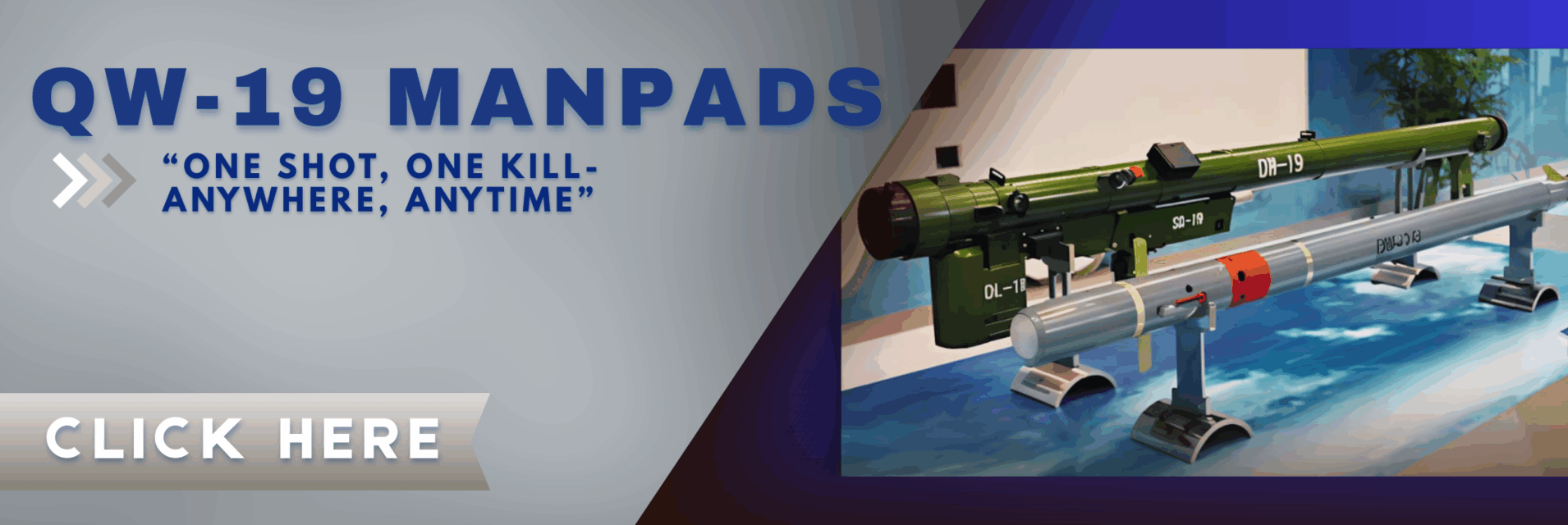
(DEFENCE SECURITY ASIA) — The Philippines is actively pursuing a long-term financing agreement with the United States to fund a landmark acquisition of 20 brand-new F-16 fighter aircraft and related advanced weapon systems, an arms package valued at approximately US$5.58 billion (RM26.4 billion), as Manila sharpens its focus on military modernisation amid intensifying strategic competition in the Indo-Pacific.
Philippine Ambassador to the United States, Jose Manuel Romualdez, confirmed to local media that the Department of National Defense (DND) is preparing to enter formal negotiations with Washington to secure favourable terms for what would be one of the most consequential defence deals in the region in recent years.
“We are looking at the possibility of obtaining a long-term loan from the United States,” Romualdez stated, signalling Manila’s intent to spread the financial burden over an extended period as it recalibrates its airpower capabilities to match regional threats.
He added that the acquisition would follow a phased delivery model, similar to the incremental transfer of 10 UH-60 Black Hawk helicopters delivered to the Philippines in 2024—a strategy that allows gradual integration into operational service while mitigating logistic and budgetary strain.
These Black Hawk utility helicopters, built by Lockheed Martin through its Sikorsky subsidiary, are part of a broader contract for 32 aircraft under the Philippine Armed Forces’ Revised AFP Modernization Program (RAFPMP), and have since been deployed for search-and-rescue operations, humanitarian missions, and national disaster response.
Romualdez described the U.S. government’s approval of the F-16 sale as “a strong signal of Washington’s enduring commitment to its alliance with the Philippines” and a clear reflection of the Trump administration’s doctrine of “deterrence through strength” in response to Beijing’s increasingly assertive posture in the South China Sea.
If executed, the F-16 acquisition would represent one of the most significant air combat capability boosts for the Philippines since the retirement of its Northrop F-5 fleet in the early 2000s, offering Manila an advanced multirole platform capable of conducting both defensive and offensive operations across the archipelagic nation’s vast maritime domain.
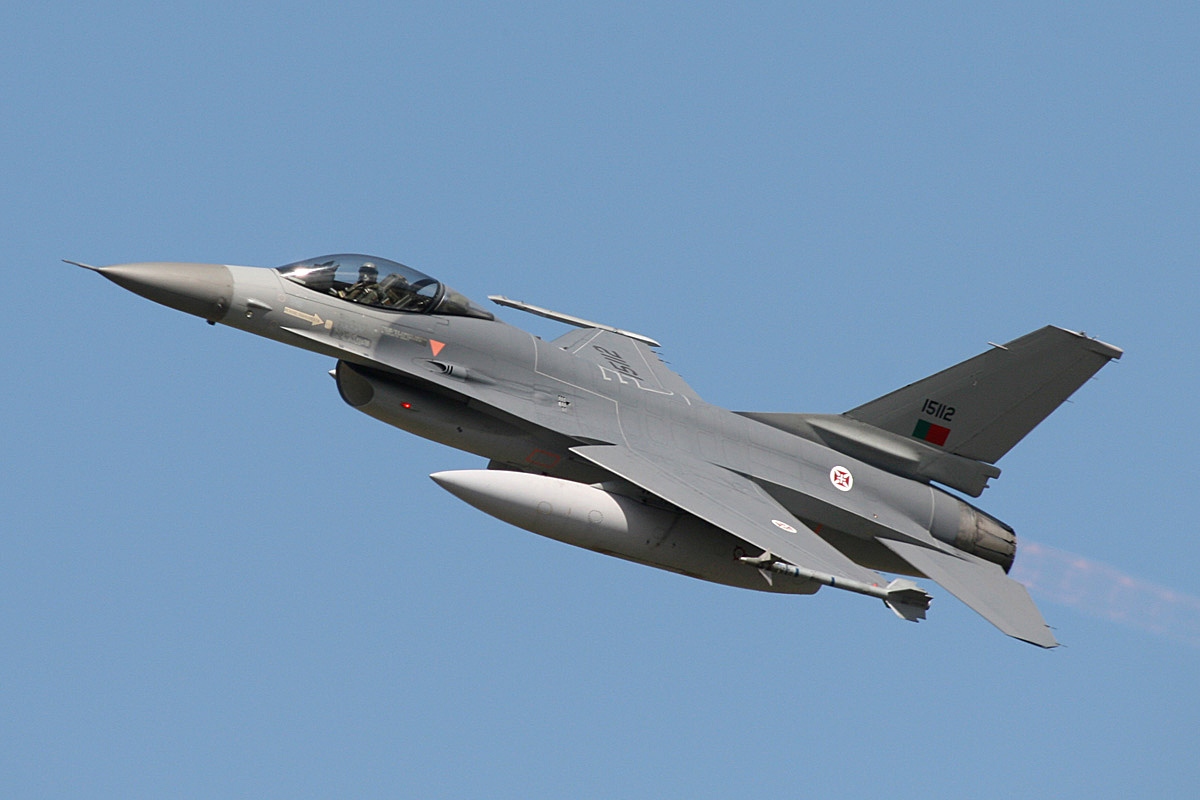
The ambassador revealed that, subject to production schedules, the initial batch of F-16s could arrive in the Philippines as early as 2026, with the remaining aircraft scheduled for delivery by 2027—an indication of Washington’s willingness to expedite delivery in light of evolving regional tensions.
“All of the jets being offered to us by the United States are brand new,” Romualdez noted.
“Washington has been presenting this block to us for quite some time, and now it’s finally moving forward.”
The U.S. State Department last week formally notified Congress of its intent to authorise the sale, detailing a comprehensive defence package comprising 16 F-16C Block 70/72 single-seat variants and four F-16D twin-seat models, representing the most advanced configuration of the venerable Fighting Falcon to date.
The announcement coincided with a high-level visit to Manila by U.S. Secretary of Defense Pete Hegseth, who publicly pledged to “restore deterrence in the Indo-Pacific” in the face of what he described as the mounting “threat posed by Communist China.”
While the proposed deal has cleared State Department hurdles, it remains subject to final approval by the U.S. Congress and further negotiations between the two governments, which could see adjustments in aircraft numbers, weapons loadouts, and pricing before a final agreement is inked.
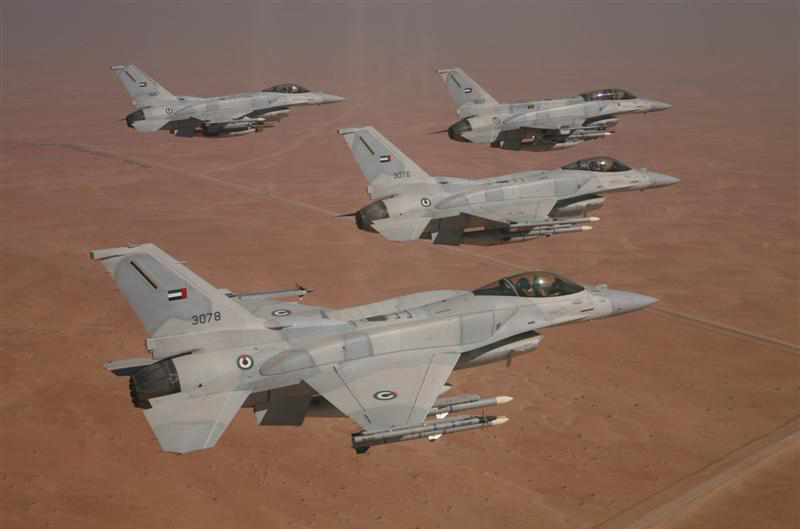
Under the U.S. Arms Export Control Act, Congress has a 30-day period to review and potentially block such sales, although historical precedent shows this is rarely exercised when transactions involve strategic allies such as the Philippines.
In its public notification, the Defense Security Cooperation Agency (DSCA) highlighted that the sale “supports U.S. foreign policy and national security objectives by helping to improve the security of a key regional partner that is instrumental to political stability, peace, and economic progress in Southeast Asia.”
Once delivered, the F-16s would vastly expand the Philippine Air Force’s capacity to conduct maritime patrol, close air support (CAS), suppression of enemy air defences (SEAD), and deep-strike operations—capabilities that are essential for asserting sovereignty over the West Philippine Sea and defending key air and naval installations.
The package includes a full complement of 24 General Electric F110 afterburning turbofan engines, 22 cutting-edge AESA (Active Electronically Scanned Array) radars for superior situational awareness, and a wide array of mission-critical avionics and subsystems for all-weather combat performance.
Notably, the weapons suite includes 112 AIM-120C-8 advanced medium-range air-to-air missiles (AMRAAMs), capable of engaging targets beyond visual range, 40 AIM-9X Block II Sidewinders for dogfighting superiority, and 32 captive air training variants of the Sidewinder missile for routine exercises.
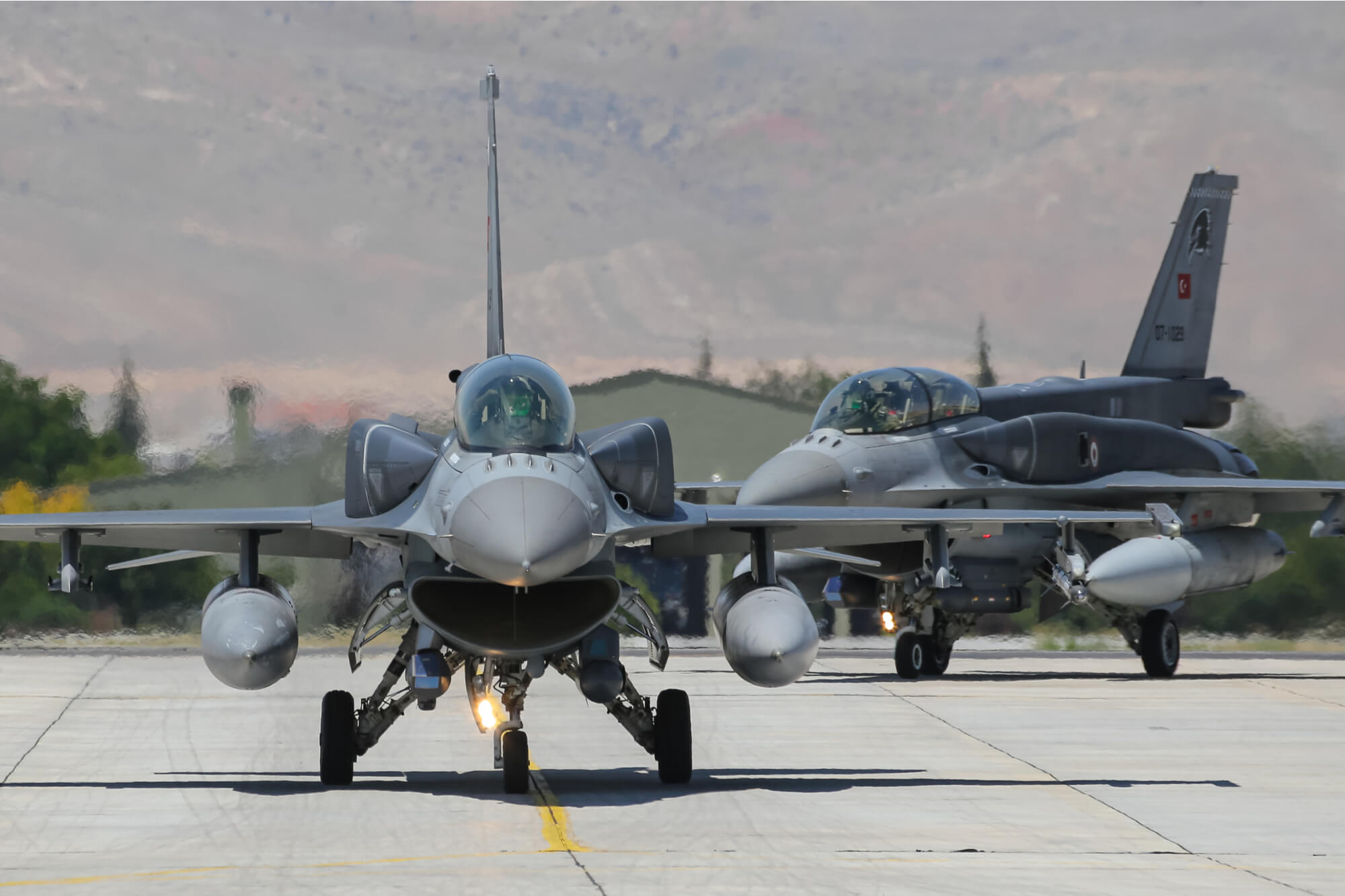
For ground strike missions, the package comprises 36 GBU-39/B Small Diameter Bombs (SDB-1), a precision-guided weapon that allows reduced collateral damage and multiple weapons carriage per sortie, along with 60 500-lb MK-82 and 60 2,000-lb MK-84 general-purpose bombs.
To support precision targeting and interoperability, the deal also includes 12 AN/AAQ-33 Sniper Advanced Targeting Pods, 24 MIDS-JTRS (Multifunctional Information Distribution System – Joint Tactical Radio Systems), and AN/ALQ-254 Viper Shield electronic warfare suites for self-protection against radar-guided threats.
Additional enhancements feature state-of-the-art Infrared Search and Track (IRST) systems for passive target detection, Air Combat Maneuvering Instrumentation (ACMI) for training realism, and launchers such as LAU-117 and LAU-88 for AGM-65 Maverick air-to-ground missiles.
The acquisition also provides for full-spectrum logistical support, ground crew training, and maintenance infrastructure—essential components to ensure long-term operational sustainability for the fighter fleet.

A spokesperson from the U.S. State Department clarified that the deal would only proceed once a formal “Letter of Offer and Acceptance” is signed by the Philippine government, which would then trigger production, delivery, and training schedules.
If concluded, the F-16 acquisition would constitute a transformational leap in Philippine airpower, giving the country its most modern fighter capability in decades and aligning its defence posture more closely with that of the United States and regional allies under the Indo-Pacific security architecture.
— DEFENCE SECURITY ASIA

